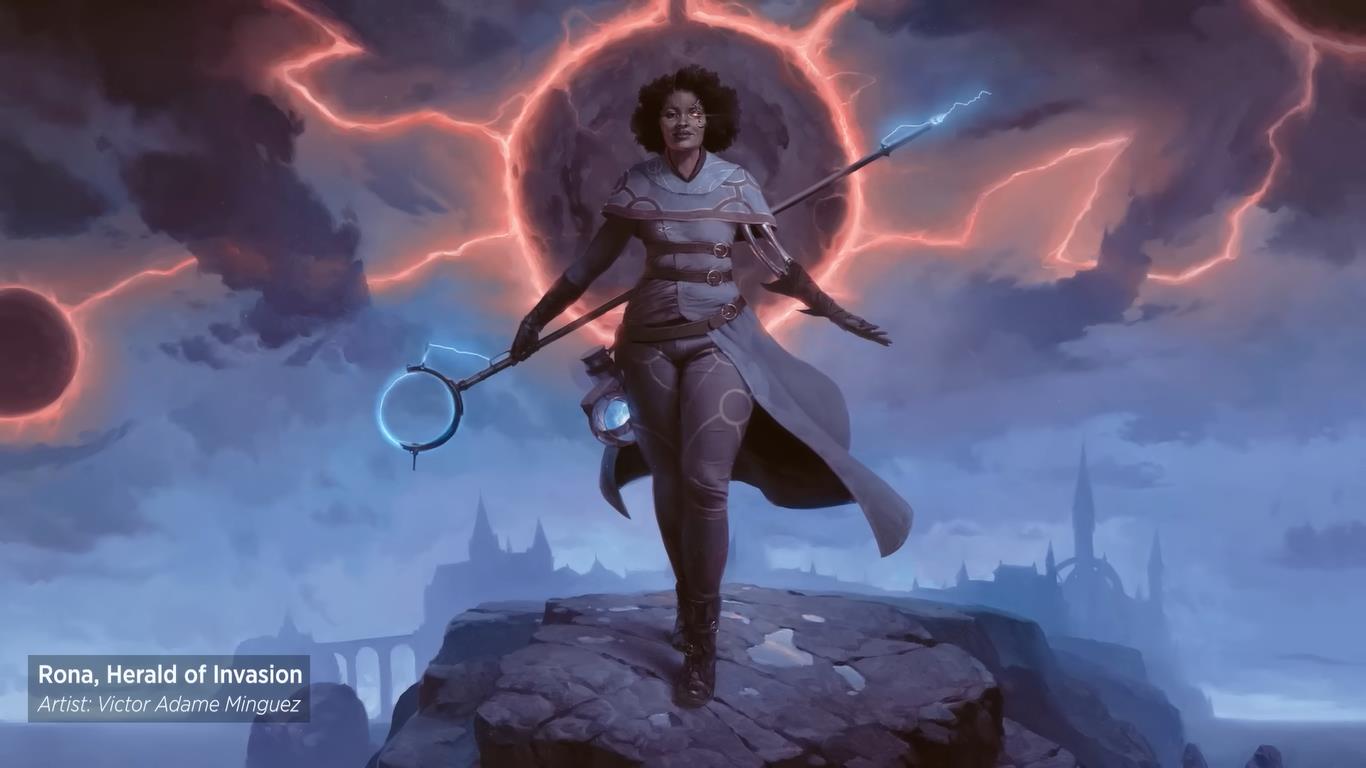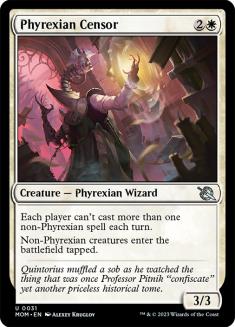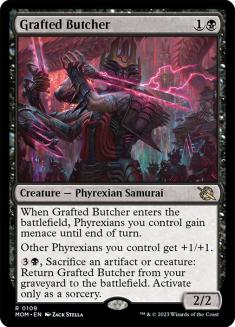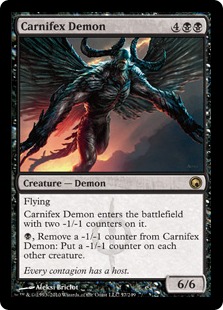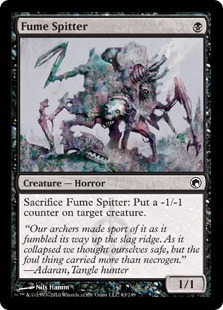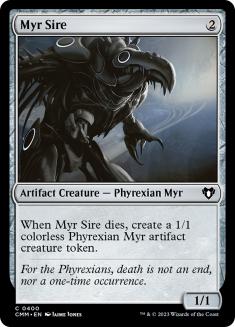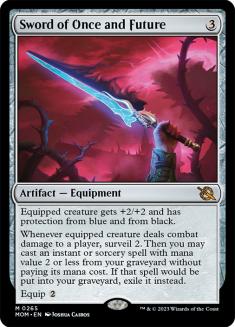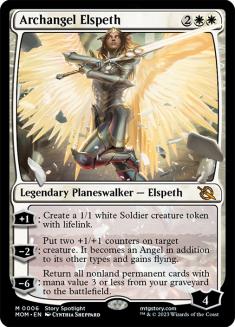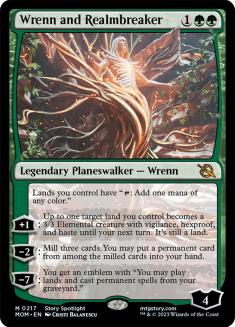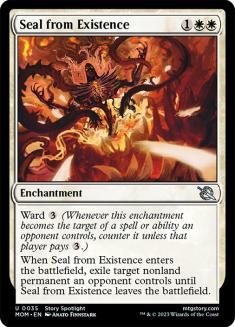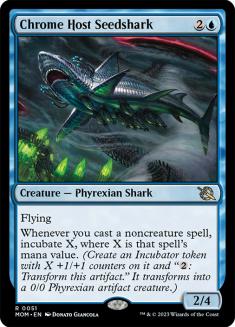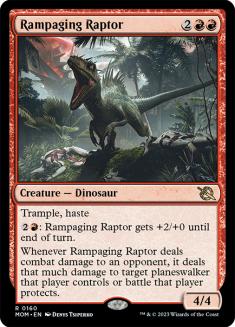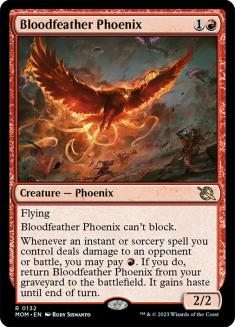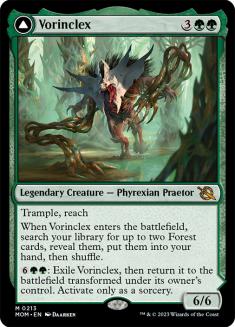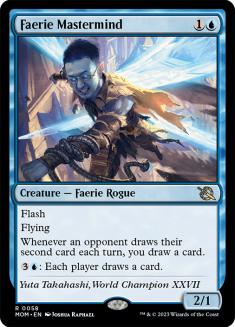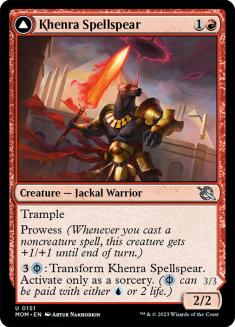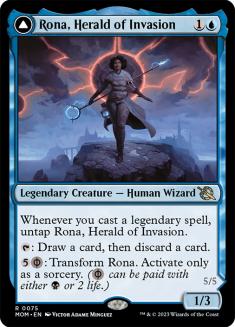I hope that everybody enjoyed the last run of Tinkerer’s Cube, but now it’s time to start playing with the new March of the Machine cards! As usual, I’m here with my picks for the ten most broadly impactful cards for Cube Draft from the set. Before we get into that, let’s talk about some of the set’s themes and the bigger picture.
Battles
The meatiest topic when it comes to March of the Machine must be the introduction of a brand-new card type. I wrote about these at greater length a couple of weeks ago, and today’s discussion wouldn’t be complete without referencing that writing.
I’m curious to see how the new battles play out over time, and I’m especially curious to see what the future of battles in Magic is, but for now I don’t see these cards as especially compelling for traditional Cube environments. The power level just isn’t quite there in my estimation on these early designs for many Cubes, but lower-power environments and multiplayer Cubes are likely interested in some of them. I also think that the volume of battles in the set opens up the space to really explore them in a Cube interested in using the new card type as a theme.
Phyrexians and Knights
Two creature types received specific support in March of the Machine for those interested in that sort of thing. Knights moving more firmly into a supportable Azorius archetype is an interesting space, especially if you’re interested in something like a Knights vs. Dragons-style Cube. Phyrexians, I’m a bit less convinced of…
I really like the design on Grafted Butcher. It’s just a super-cool way to do a lord. What I don’t like is how many creatures are secretly Phyrexian now. It’s flavorful, I suppose, but a lot of cards without the printed creature type have received errata to be Phyrexians now, and that adds some baggage to Cubing with the creature type.
This is not to say that nobody should support Phyrexian as a relevant creature type in Cube, and I myself own many cards with “Human” Sharpied over the type line, but with Humans I find it’s much easier to look at the card art and understand what I’m looking at. There are plenty of clues for many of the updated creatures, such as mechanics like infect and Phyrexian mana and Phyrexian symbols in the art, but the concept is lacking enough in verisimilitude that I would constantly be asking whether any creature anybody ever played was a Phyrexian or not.
The Completion of the Sword Cycle
The last big note worth discussing with March of the Machine is that we finally have Equipment that gives protection from all ten color pairs in Magic! In terms of power level, Sword of Once and Future is arguably one of the top ten cards in the cycle.
The hit trigger is a little contingent on outside factors for me to be especially excited by the card, and I tend to value the protection abilities on these cards mostly when they help to get around blockers, which isn’t often a huge issue when we’re talking about blue and black. Sword of Once and Future will have an audience, and I’m sure there will be Cubes that feature all ten Swords, but this one is unlikely to show up on its own merits the way that we see Sword of Fire and Ice and Sword of Feast and Famine do.
Now let’s get to that Top 10 list!
10. Archangel Elspeth
Archangel Elspeth doesn’t really give us anything that we haven’t seen before in a four-mana white planeswalker. The card actually bears a lot of similarities to Elspeth, Knight-Errant, and I would argue that the original’s two plus abilities and better ultimate give the card the edge in the comparison, but that doesn’t make the new card bad. It just happens to be entering a crowded space.
The permanent boost and flying from the -2 are real considerations, as is the lifelink on the tokens that the card generates. I think that there’s also something to be said for planeswalkers similar to things that we’ve already seen at slightly lower power levels for players less interested in the absolute most powerful options to experiment with. At larger Cube sizes, there’s also just more room for things like this to maintain some consistency in the experience.
Archangel Elspeth doesn’t reinvent the wheel, but it’s a solid rate and fits the bill for a sort of card that we know is relatively powerful.
9. Wrenn and Realmbreaker
Wrenn and Realmbreaker, on the other hand, does break the mold. We’ve seen quite a lot of three-mana planeswalkers at this point in Magic’s history, and they’ve ranged from unplayable to unbeatable. I estimate that Wrenn and Realmbreaker is firmly between these two extremes, which tends to be the most interesting space for Cube.
The static ability is somewhat forgettable most of the time, but it’s not nothing. The +1 ability is rather weak considering that it doesn’t untap the land, though I would expect Wrenn couldn’t start on more than two loyalty if it did untap the land. Notably, the ability does last until your next turn, which means you can use the land as a blocker in a pinch.
The -2 also leaves something to be desired in that it can only recur permanents that the ability itself mills, but even still, this will be a useful ability everywhere from Vintage Cube to Spooky Cube. Cards in graveyards have a way of mattering, after all. Even still, the abilities that you immediately have access to with this planeswalker aren’t anything to write home about. So why do I rank the card so highly?
The answer is simply the numbers. In any other color than green, I’d be ice-cold on this card, but the whole idea is that Wrenn and Realmbreaker aims to come down on Turn 2 Llanowar Elves and that it has high enough starting loyalty numbers to consistently threaten to emblem. It’s not an immediately game-ending emblem, but the ability to cast permanents from your graveyard is generally going to make your battlefield completely unmanageable for your opponent. I’d say Wrenn and Realmbreaker is weaker in absolute terms than cards like Tireless Tracker and Courser of Kruphix, but that it still offers a lot to consider for Cube.
8. Seal from Existence
Putting Seal from Existence here is actually the louder statement that I’m making on Wrenn and Realmbreaker: it’s not quite as inviting as the strictly different Oblivion Ring.
The ward ability on Seal from Existence makes it play fairly similarly to Council’s Judgment without being able to remove untargetable cards, in exchange for being much more reader-friendly. It’s also legal for Peasant Cube play, which is a bigger factor here.
Another thing that I like about Seal from Existence is that it’s pretty common for these removal effects to be the most abundant targets for enchantment removal in Cube. I think that you should have to mean it to have a Disenchant in your Cube deck, and Disenchant targeting Oblivion Ring lives at the intersection of most common and least satisfying Cube interactions. This is a great implementation of the ward mechanic.
7. Chrome Host Seedshark
Chrome Host Seedshark is a little difficult to parse at first blush. Incubate is a new mechanic, and we tend to see cards in this space that care about casting a lot of noncreature spells rather than a few with higher mana costs. I have a lot of experience with spells-matters decks, and I’m here to demystify the Beast… er, Shark.
Monastery Mentor is a fringe Cube-able card that is at its best alongside a great deal of free-to-cast and one-mana spells. Young Pyromancer sees more and more meaningful Cube play than Monastery Mentor because it’s on-curve, and it’s more commonly on-play for any red deck. Chrome Host Seedshark doesn’t enjoy the easier synergies of either card, and it certainly doesn’t enjoy the low barrier to play that Young Pyromancer does.
1/1 Incubators just aren’t going to be worth two mana, and 2/2 Incubators are just kind of reasonable. Chrome Host Seedshark’s playability actually will have little to do with these tokens and a lot more to do with the relevance that four toughness on a three-mana creature with two power has in the environment at large. Chrome Host Seedshark is going to be a pretty serious blocker on its own in a lot of Cubes, and if that’s the case and that matters, that’s where you’re going to see the card shine. It’s not powerful enough to carve out space in high-power or even many synergy Cubes on its own, but it has numbers that will earn it a spot in lower-power Cubes.
6. Rampaging Raptor
Rampaging Raptor is replacement-level in terms of the most powerful four-mana red threats for Cube, but it does offer some peripherals that make it interesting for specific Cube environments. I haven’t seen Dinosaurs represented in a Cube as a relevant type, but I hope that changes someday. What I have seen are Cubes with a lot of planeswalkers, and that’s where you’re going to see Rampaging Raptor gain some points in comparison to cards like Hellrider.
Personally, I don’t intend to Cube with Rampaging Raptor much. The ability of “damaging planeswalkers” just doesn’t do enough for me over the metric of “dealing damage.” This card is mostly for Cubes that are really heavy on planeswalkers or are just at a larger size. A lot of Cube designers are way bigger on Questing Beast than I am, so I won’t be surprised to see this card around a lot.
5. Bloodfeather Pheonix
Bloodfeather Phoenix, on the other hand, does just deal damage! A two-mana, two-power flyer in red is new and exciting. The inability to block is going to matter in damage races, so Bloodfeather Phoenix will be worse the more likely you are to play an aggressive mirror in a Cube, but we often see the aggressive decks off on their own islands in the digital Cubes, and in those environments, cards like this are great.
The recursion ability on Bloodfeather Phoenix is pretty specific and isn’t powerful in the same way that similar abilities often are. To recur Bloodfeather Phoenix, you need to give up a card, which means this ability will mostly only be good if your opponent is positioned to cast kill spells on your creatures while you have the solitary goal of reducing their life total to zero. Once again, we see how the card doesn’t offer much in aggressive mirrors, but it’s quite nice for beating up decks like Dimir Control. That kind of matchup can be tough for Mono-Red Aggro, so I do like the card, but it is only my second-favorite red two-drop from the set.
4. Vorinclex
It’s been a while since I broadcast my position as a Craterhoof Behemoth apologist, but this is a golden opportunity to do so. Vorinclex is just great in ramp decks. It’s huge, it finds you more lands, and it’s a good stopgap as a five-drop that either gets you to your big plays or serves as a big play itself with its activated ability!
It’s worth noting that the Forest cards that Vorinclex searches for don’t have to be basic, though I consider this to be fairly minor. Mostly I’m just happy to cast this card in all of my green Vintage Cube decks, and it’s also going to be right at home in environments like Arena Cube.
3. Faerie Mastermind
There is much incidental card draw in Magic these days, and an evasive flyer with flash that replaces itself if your opponent draws extra cards is a great return on two mana. Faerie and Rogue are potentially relevant creature types too, so there’s a lot to like here.
Faerie Mastermind is going to be at its best in decks that are otherwise aggressive, though a two-power flash blocker is good enough in a lot of spots against aggressive decks, too. It’s a bit inefficient to use the four-mana ability to draw cards, but the card having that ability is absolutely upside. Faerie Mastermind won’t fit every Cube, but it comes at a very solid rate, and I’m sure we’ll see it across the digital offerings.
2. Khenra Spellspear
You’d have hooked me with a two-mana 2/2 prowess creature with no other text. Having both the second point of power and the second point of toughness means that Khenra Spellspear is on-curve whether you can trigger prowess or not, and you won’t need to cast a spell to pump it just because your opponent has a one-power blocker. Khenra Spellspear is powerful in a similar way to Young Pyromancer, in that red decks aren’t getting all that much better creatures as a baseline and the upside in the ideal scenarios will be brutal for the opponent.
I imagine whoever gave this card trample will be coming to me sometime soon to cash in a favor. That ability just makes it so much easier for Khenra Spellspear to cross the finish line. The transform ability isn’t just flavor text, either; it’s going to come up, and it’s going to matter. I’m both amazed at this card and excited for the future of red two-drops in light of it existing.
1. Rona, Herald of Invasion
Rona, Herald of Invasion is great for similar reasons to Khenra Spellspear. I’m not too good for Merfolk Looter, and I’m absolutely not too good for a 1/3 version! The untap ability is kind of flavor text, but Human and Wizard are both well-supported types, and the transform ability is a powerful mana sink. Rona just has great stats for a card selection spell that can also just become a sizeable threat. This card will be a Cube staple across multiple power levels for years to come.
March of the Machine offers a lot of powerful cards and more niche options for Cube as well. I’d say that it’s an above-average set for the world of Cube, and that’s even accounting for my assessment of its batch of battles as being relatively weak. I will say that the set is pretty light on exciting black options, but that one gripe aside, I’d be thrilled if the average set was as relevant for Cube as this one.

